Over the last 8 years, we’ve been witnessing a growing and evolving Augmented Reality ecosystem. Image recognition has become more stable, facial recognition more popular through Snapchat and Facebook (MSQRD), and of course Pokemon Go’s arrival on the scene has introduced the majority of consumers to location-based Augmented Reality. However, as Augmented Reality has evolved and become more diverse, it’s also become more complicated to define Augmented Reality technology.
While Virtual Reality is a more straight forward ecosystem and experience, Augmented Reality often integrates with different types of computer vision technologies. Also, unlike Virtual Reality, Augmented Reality is also available on multiple platforms thereby creating different challenges and opportunities. We often speak at length on these different Augmented Reality technologies and platforms, so this an attempt to help clarify different areas within the evolving Augmented Reality ecosystem. We’ve outlined a few of the different computer vision-based technologies that integrate with AR below as well as various Augmented Reality platforms available now and in the near future.
TECHNOLOGIES
MARKER / IMAGE / OBJECT RECOGNITION
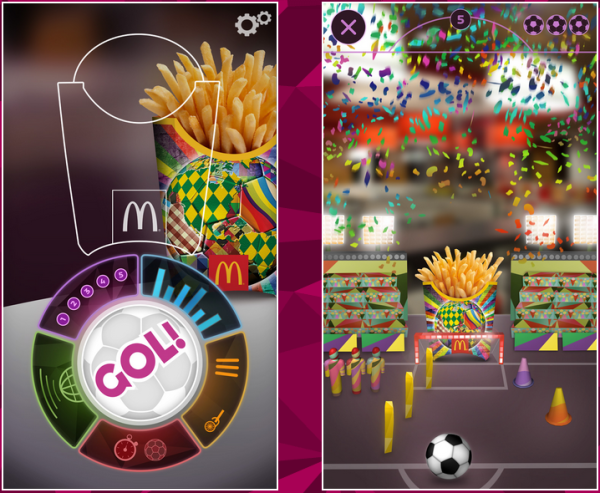
Image recognition has been one of the more popular Augmented Reality technologies over the last few years. Black and white markers were initially used to display a 2D or 3D animation. This evolved over the years to image recognition which could recognize an image to track and display a 2D or 3D Augmented Reality object. The next evolution of image recognition technology will lead into markerless object recognition which is being worked on by multiple Augmented Reality and tech companies.
Popular Platform(s): Vuforia, Catchoom, AR Toolkit
Technology Example(s): Muscle Milk / Shaq Promotion, McDonald’s Gol!, CraftAR
FACIAL RECOGNITION
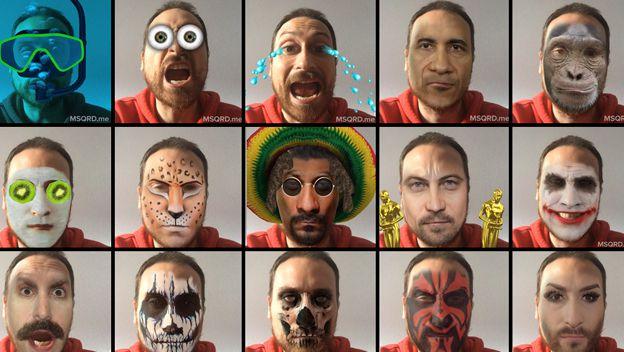
Facial recognition has recently become popular through a variety of different use cases including Augmented Reality makeup, masking and more. Facebook (MSQRD) and Snapchat have recently offered Augmented Reality ‘masks’ that overlay and track to a person’s facial features and movements. Another example would be the recent Pepsi Emoji experience that recognized different facial expressions and overlaid a corresponding Emoji graphic on the person.
Popular Platform(s): MSQRD, Snapchat, Modiface
Technology Example(s): MSQRD, Snapchat Lenses, Pepsi Emoji
GESTURE RECOGNITION
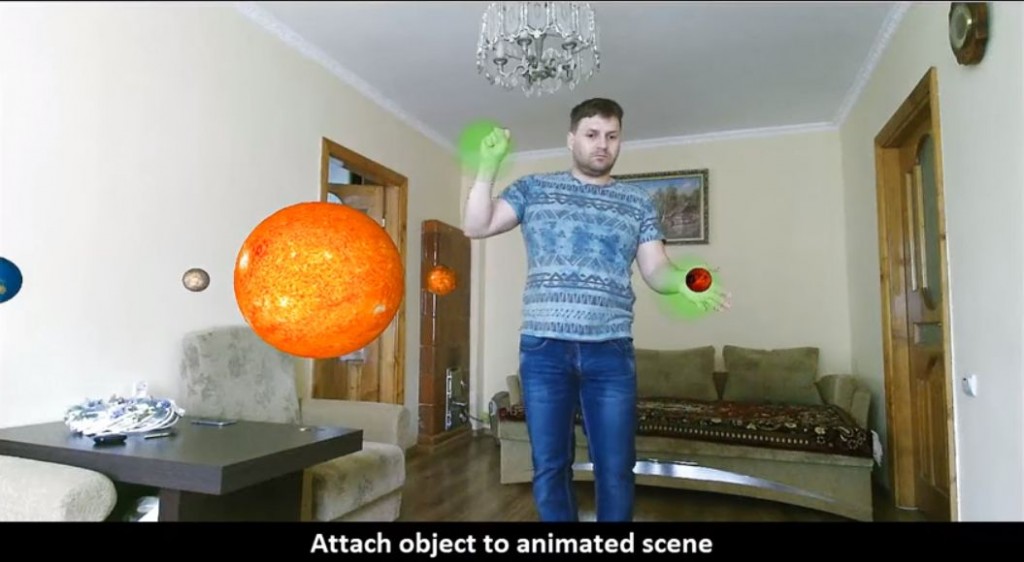
Gesture Recognition technology has been utilized for both Augmented Reality and Virtual Reality environments. Gesture Recognition typically uses a 3D or depth sensing camera like Kinect for interaction. However, whereas the Kinect is typically used for longer distance recognition, Leap Motion and Intel RealSense target close range interaction. You can see examples of gesture recognition coupled with Augmented and Virtual Reality in Virtual Dressing Room technology or Leap Motion’s technology for Oculus Rift Virtual Reality interaction.
Popular Platform(s): Microsoft Xbox One Kinect, Intel RealSense, Leap Motion
Technology Example(s): IVO Gesture Recognition Engine, Crayola Art Alive
LOCATION-BASED AUGMENTED REALITY
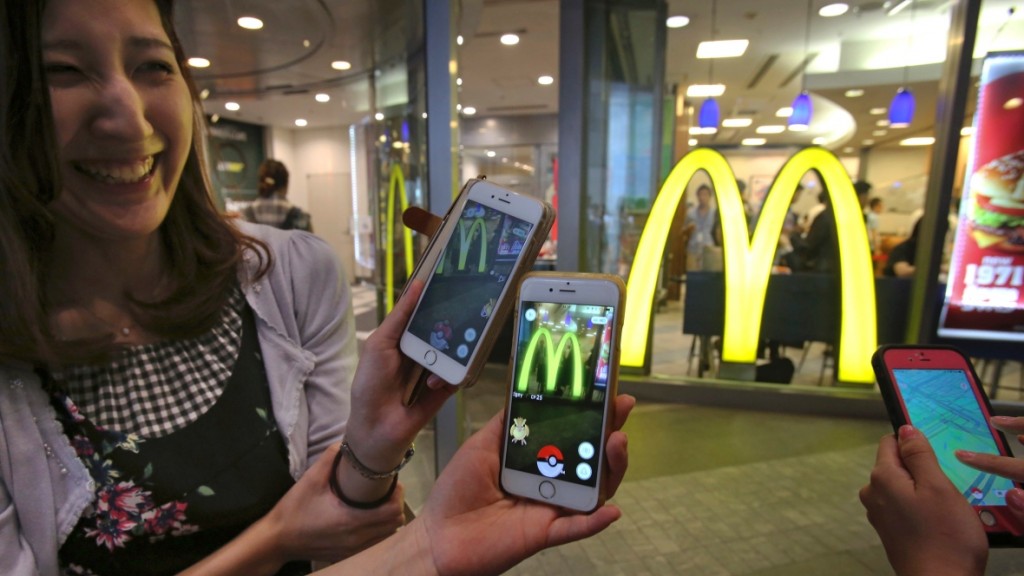
This type of Augmented Reality technology recently went mainstream via Pokemon Go. Augmented Reality objects are placed in geofenced areas based on GPS coordinates. In the case of Pokemon Go, the AR objects only display in the mobile device camera vs. tracking and displaying to environmental objects or markers. While we still have a ways to go for true object and/or environment recognition with Augmented Reality information and layers, there are creative applications that can utilize basic location-based data to display AR content. Another location-based mobile augmented reality technology method involves displaying AR objects in the mobile camera view based on the gyroscope and accelerometer of the mobile device.
Popular Platform(s): Niantic, Wikitude
Technology Example(s): Pokemon Go, Hungry Jack’s Protect Your Whopper Game, Wikitude
PLATFORMS
MOBILE PLATFORM
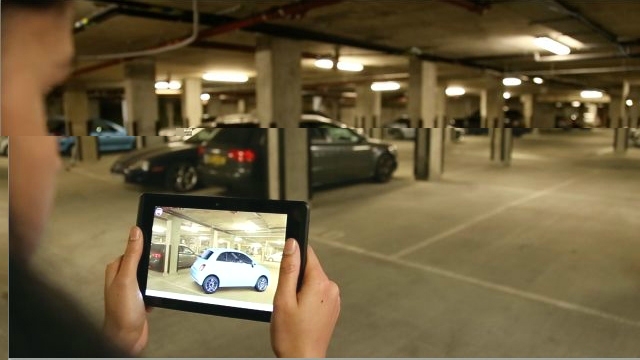
Mobile is the most popular platform for Augmented Reality at the moment (and for the future) and primarily breaks down into 2D vs. 3D enabled mobile camera devices. 2D cameras are already being used with image recognition, facial recognition and more. 3D enabled mobile devices, such as Tango, will open up more technical capabilities since a 3D camera can provide depth and 3D environment mapping/tracking to better place a virtual object or animation in the physical environment.
Popular Platform(s): iOS, Android, Tango
Technology Example(s): Walgreen’s Indoor Retail Mapping, Fiat AR Experience
HEAD MOUNTED DISPLAY (HMD) PLATFORM
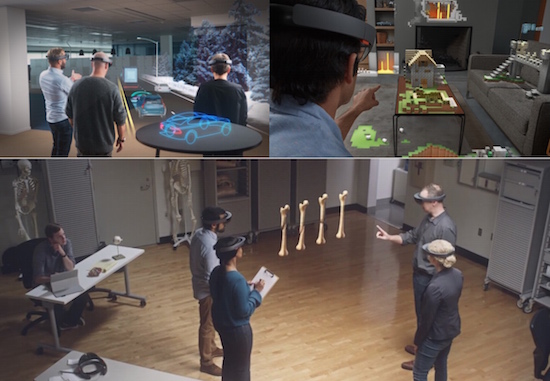
The HMD or Head Mounted Display area of Augmented Reality is where most AR purists consider the future of AR. HMD’s often use a visual display with integrated 3D cameras. This allows for gesture recognition, virtual object tracking and manipulation and more. You can view a more technical information and breakdown of the HoloLens vs. Meta 2 here.
Popular Platform(s): HoloLens, Meta 2, Daqri
Technology Example(s): HoloLens Overview Video, Meta 2 Launch Video, Daqri Smart Helmet
KIOSK PLATFORM
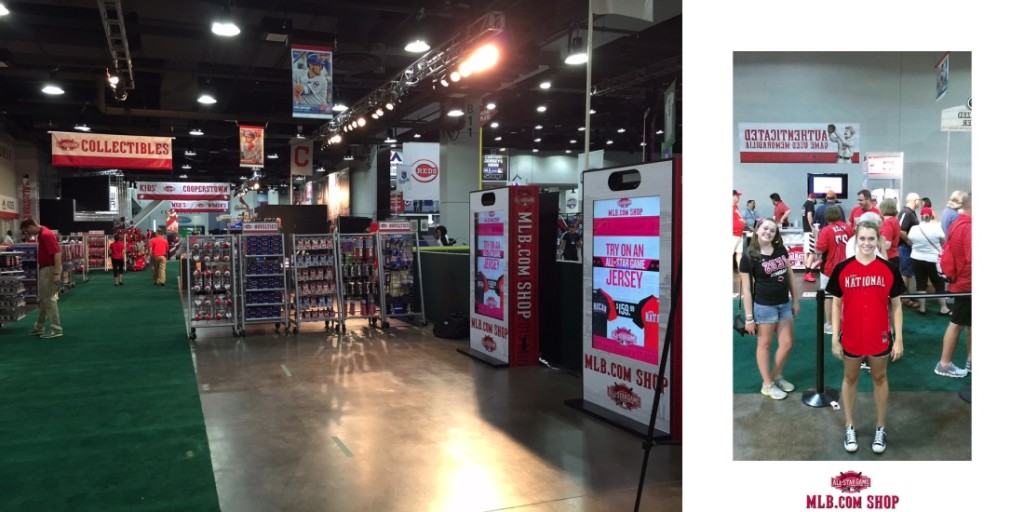
Augmented Reality experiences utilizing Kiosks or Display Technology are similar to AR experiences on mobile devices that use the front facing camera. Kiosk enabled AR experiences will often utilize a 3D camera and gesture recognition, facial recognition and even image recognition. Kiosk displays can also use 2D cameras or mounted mobile devices such as an iPad.
Popular Platform(s): Kinect, iPad
Technology Example(s): Major League Baseball (Kinect), Treachery of Sanctuary Installation (Kinect), Pepsi Emoji (iPad)
SEP
